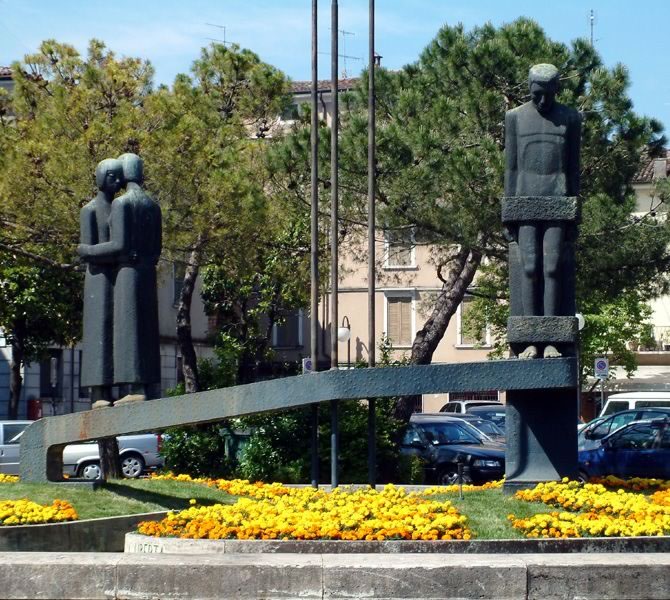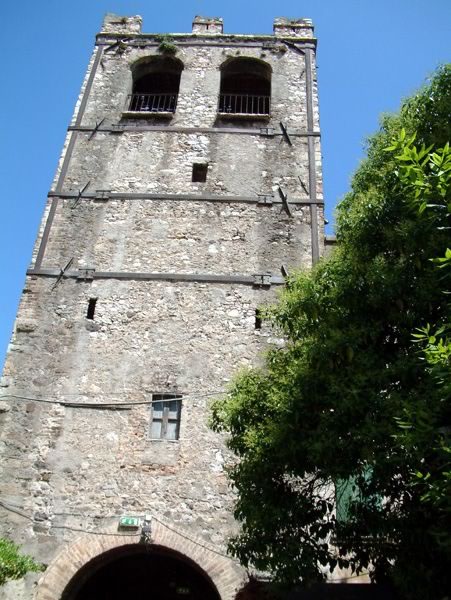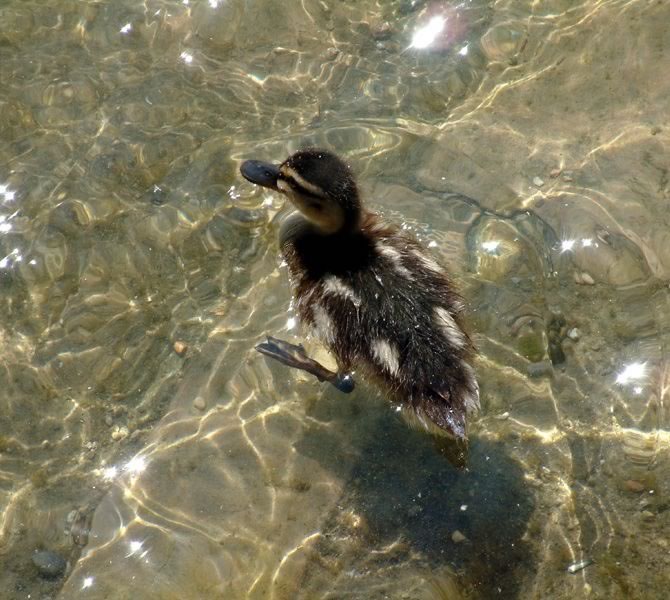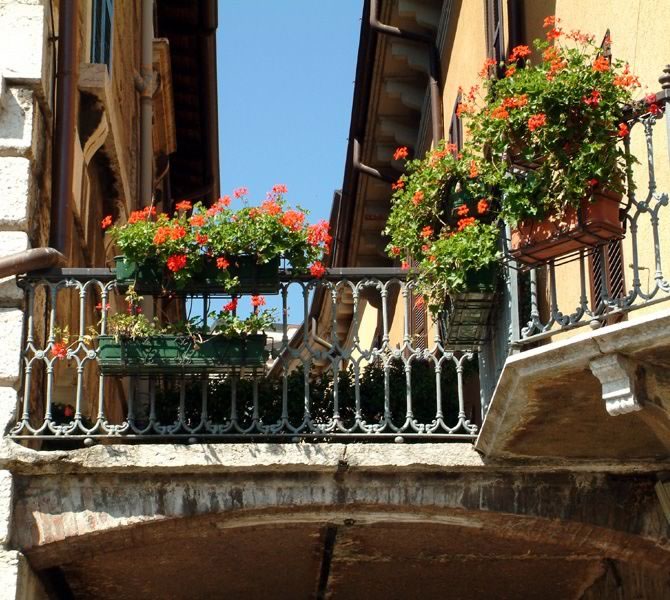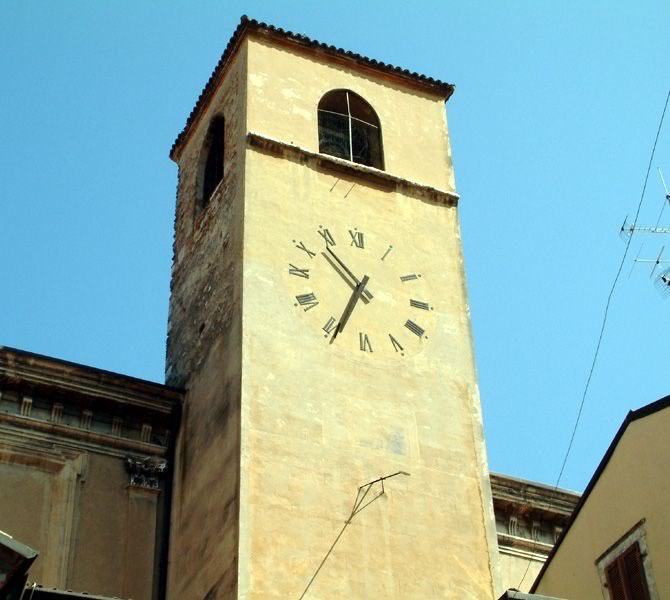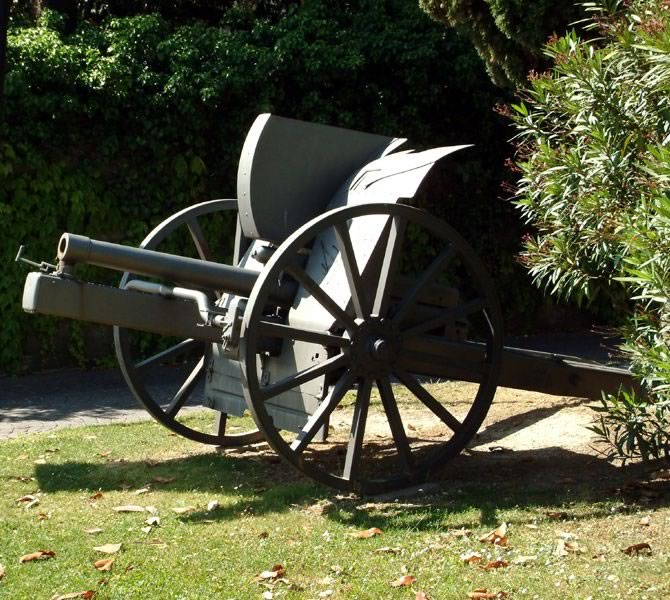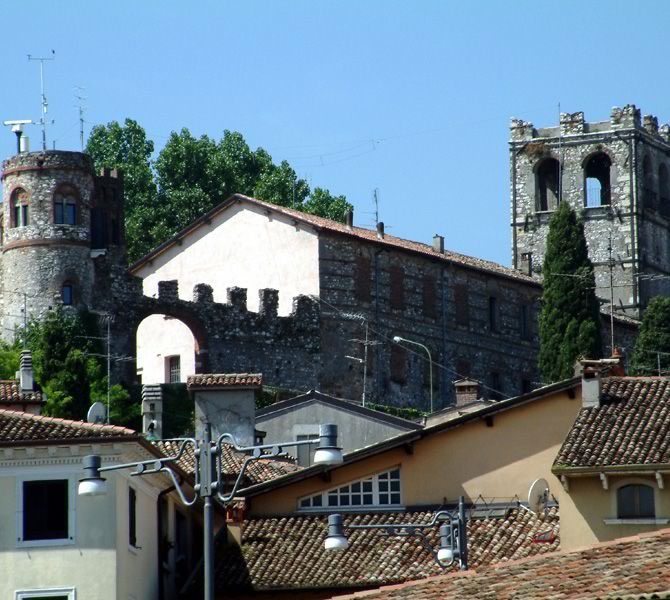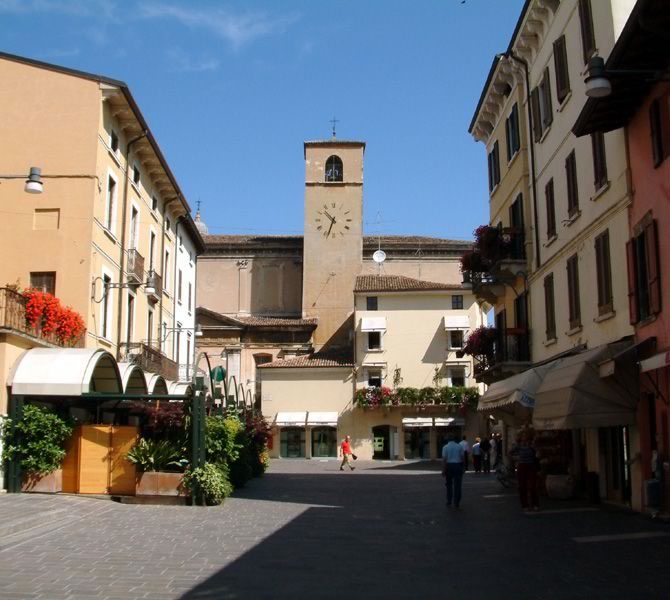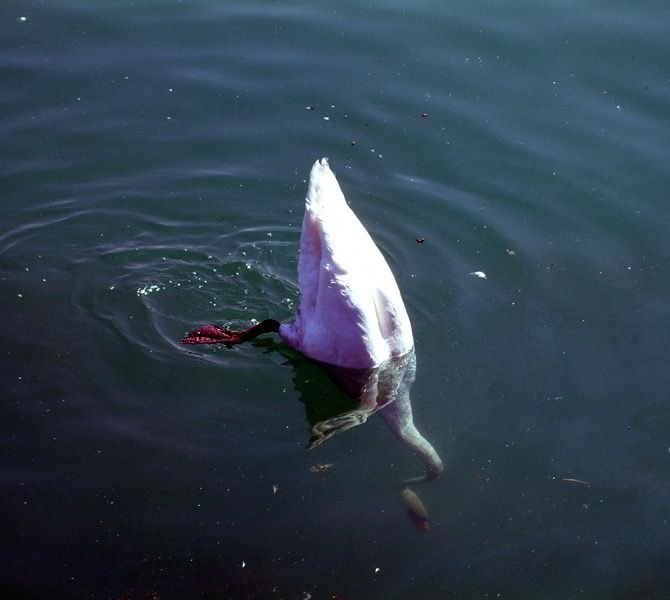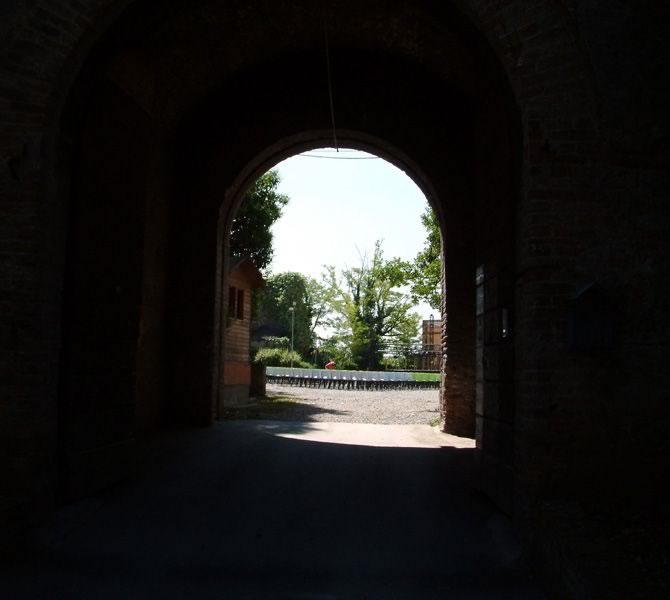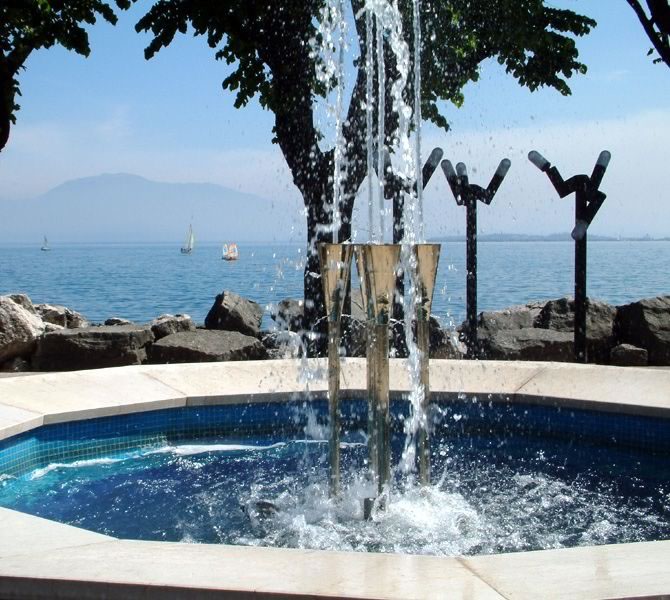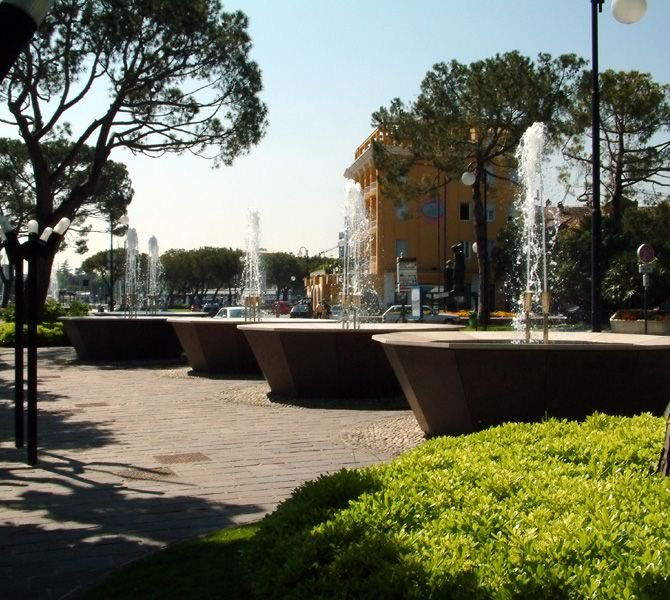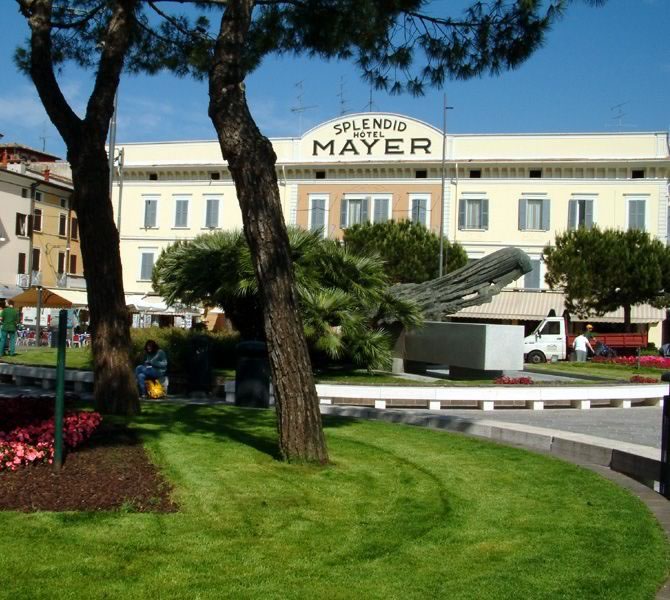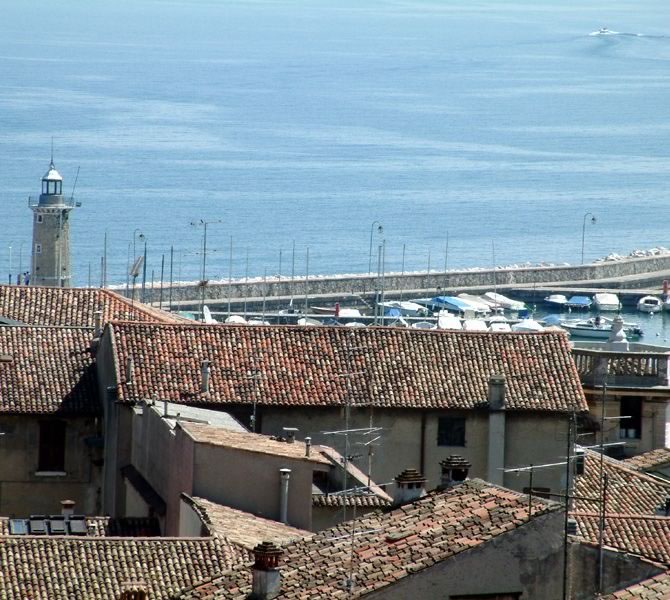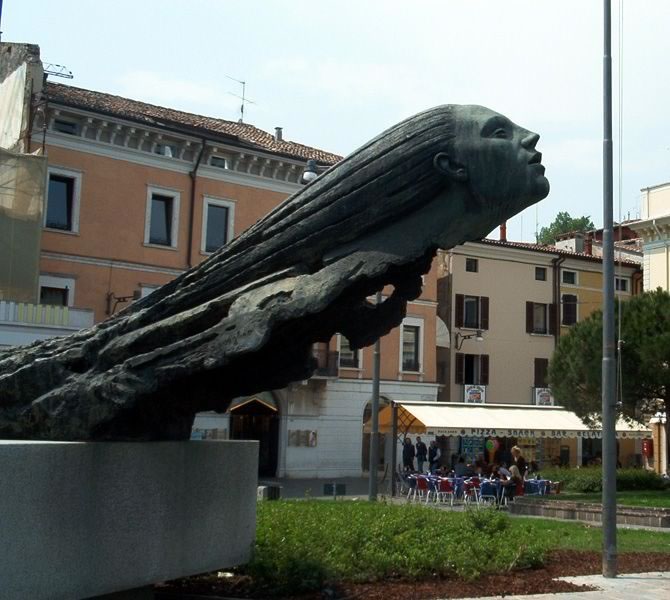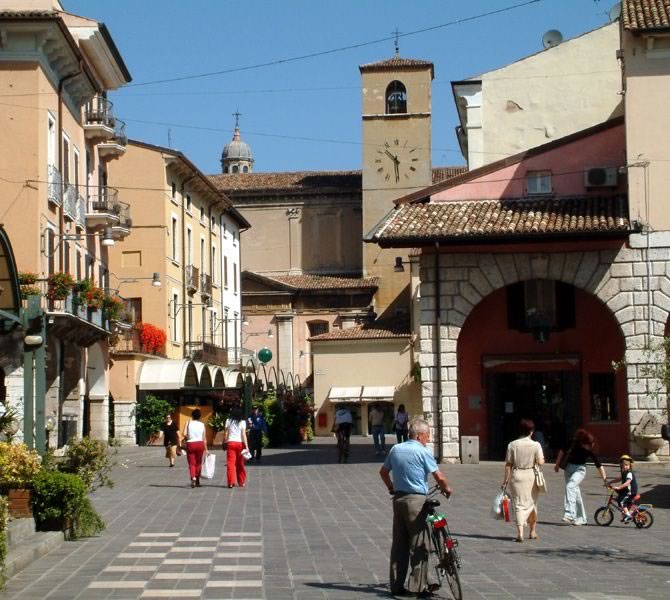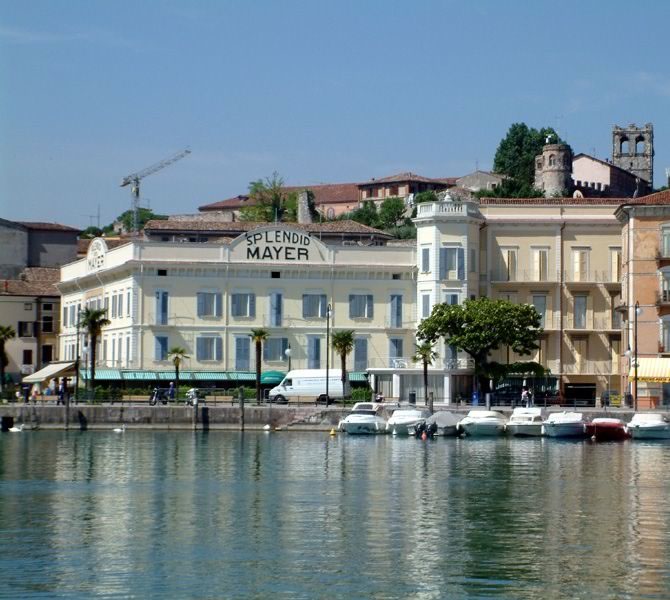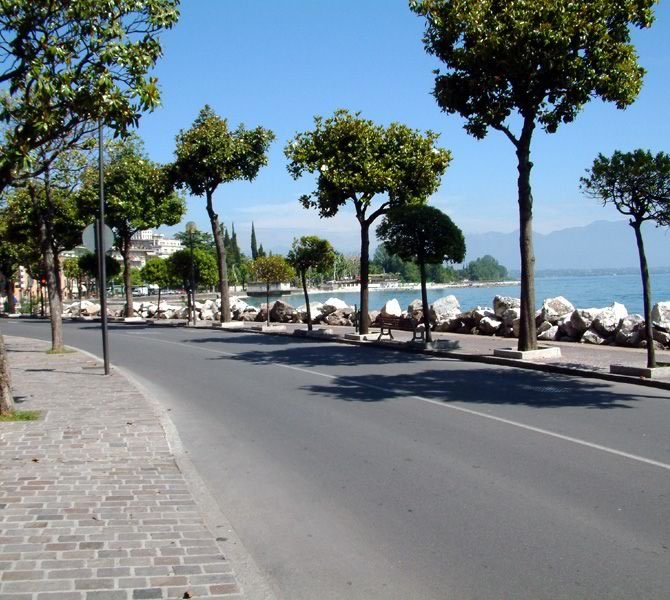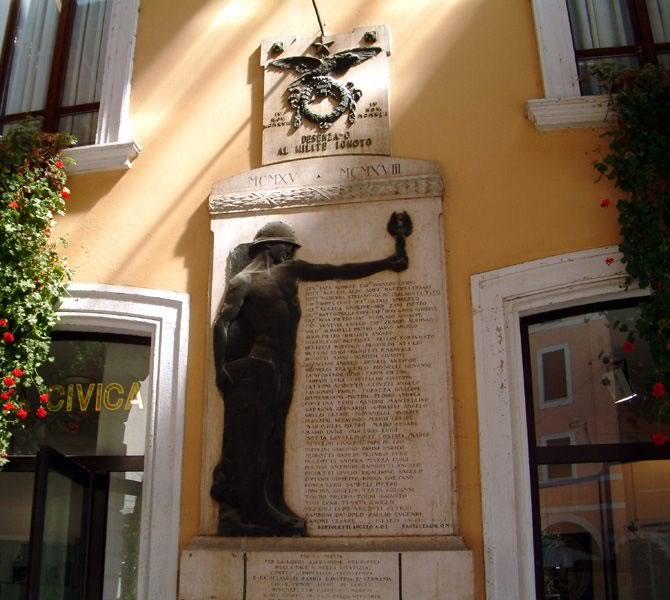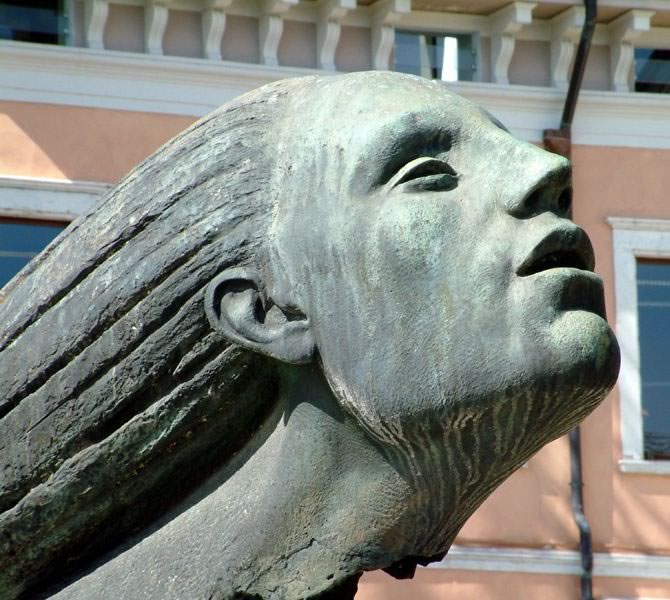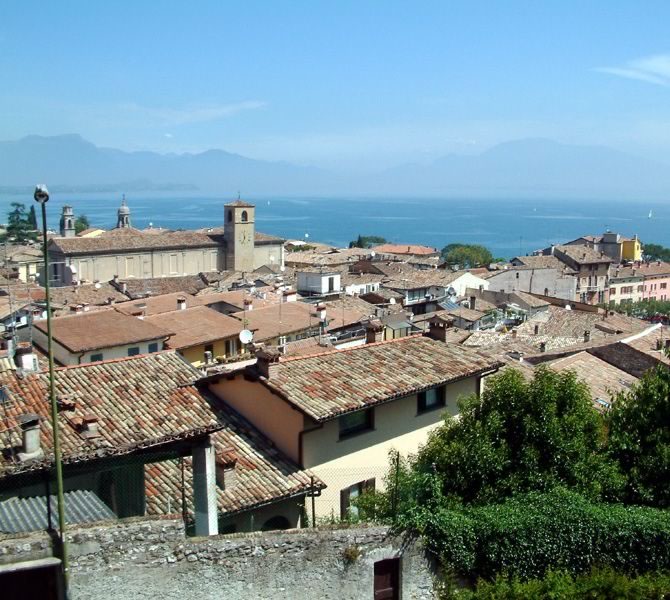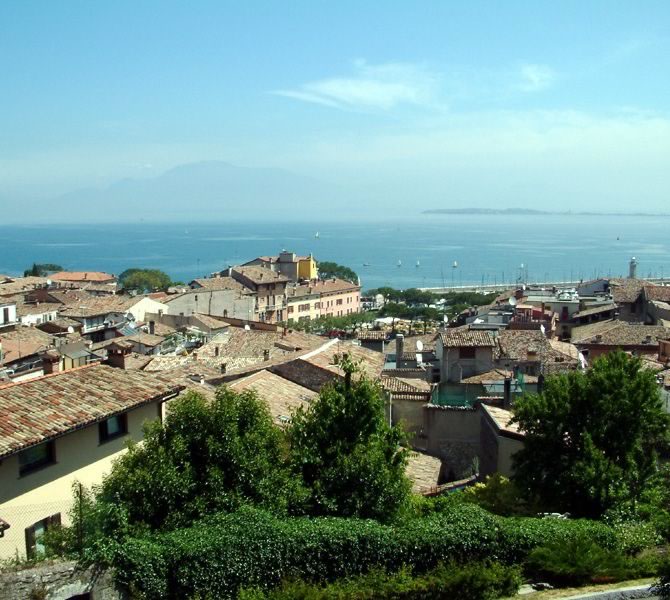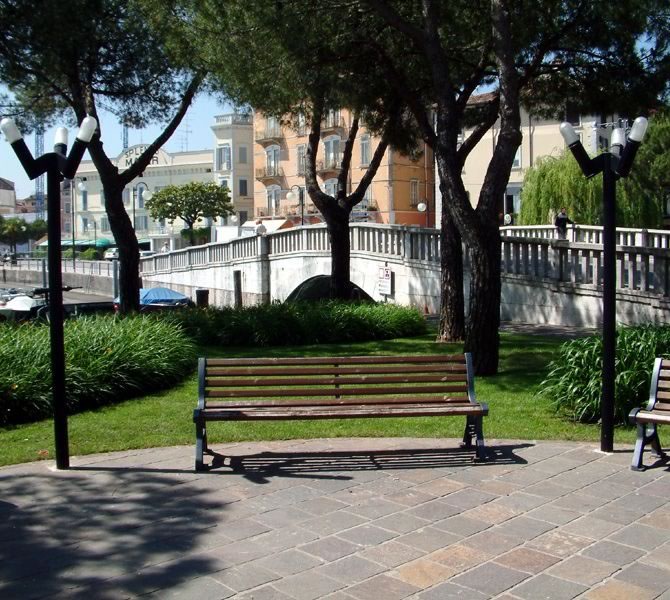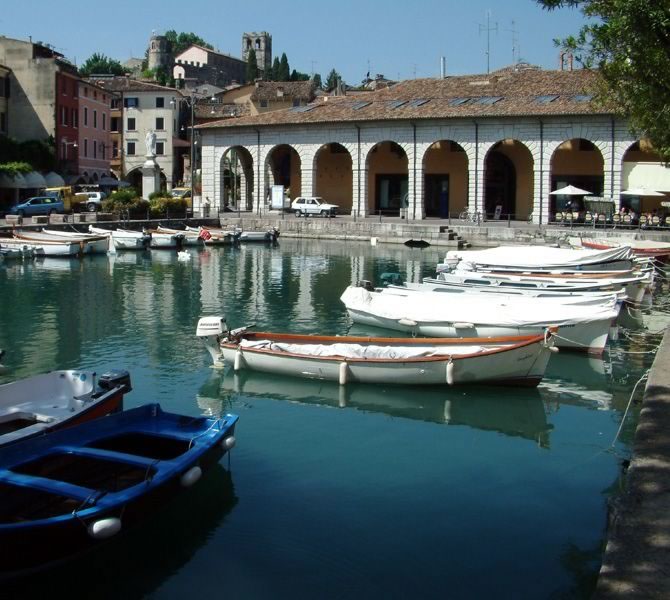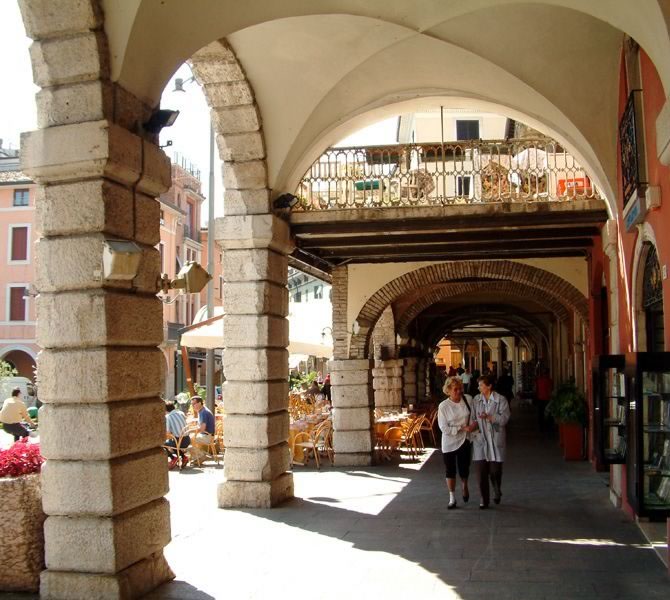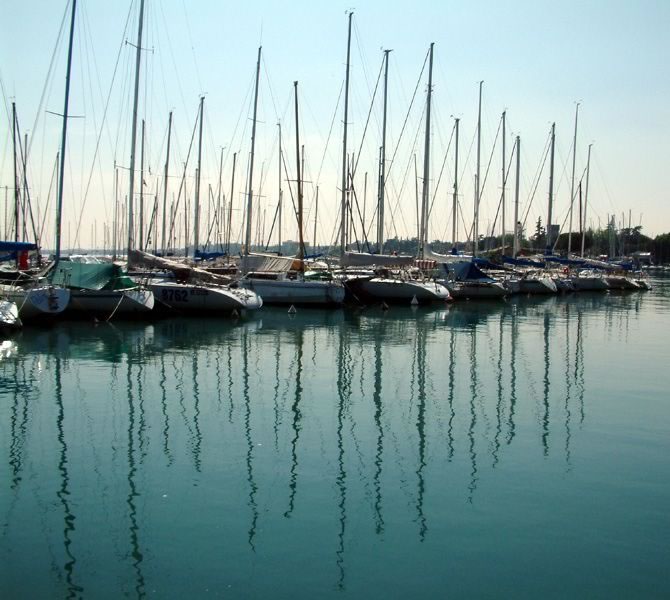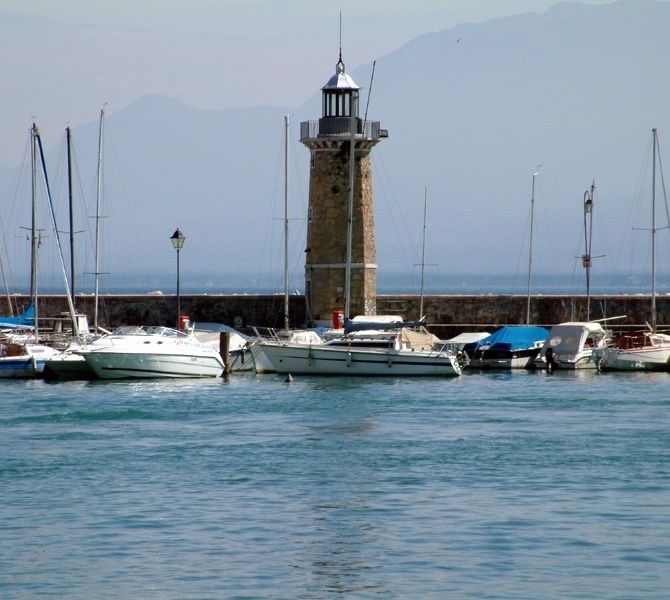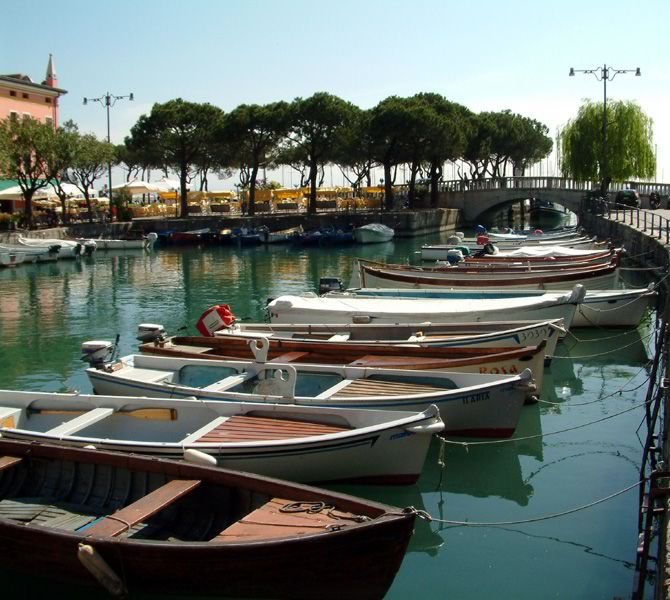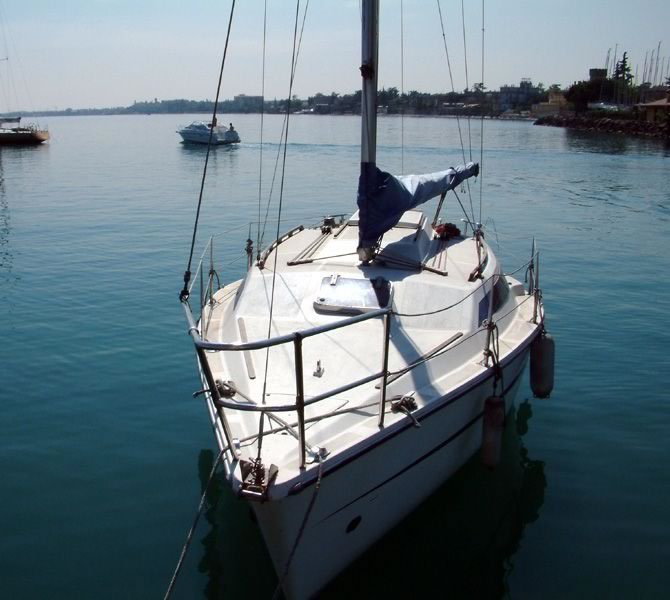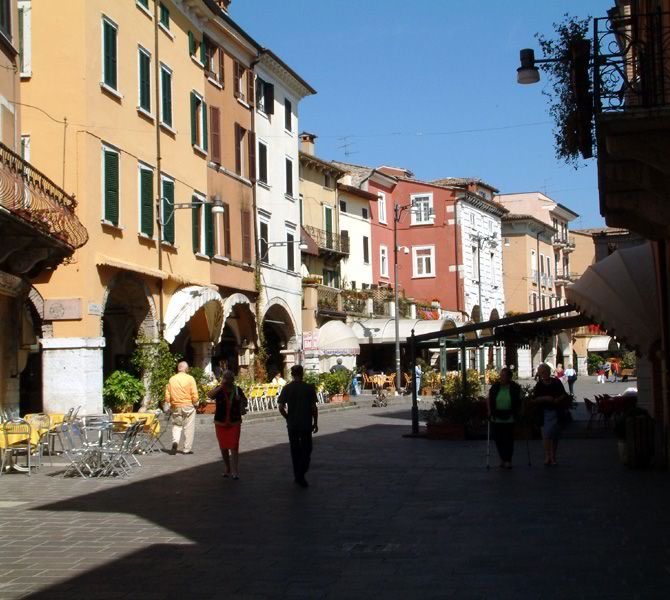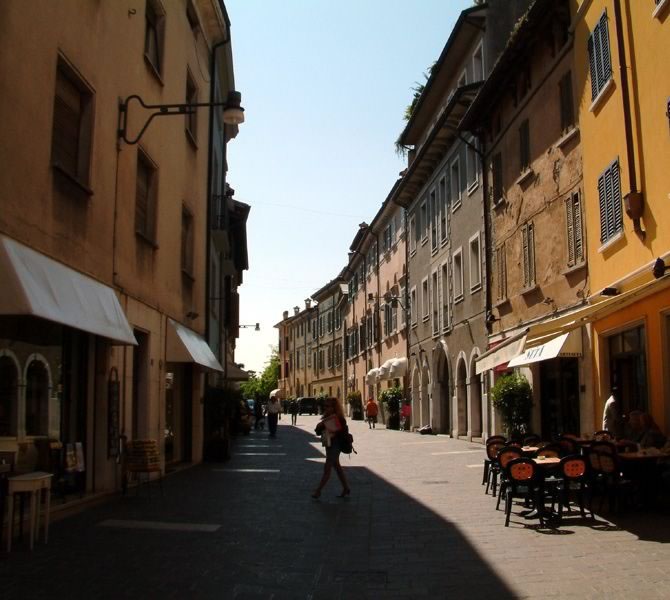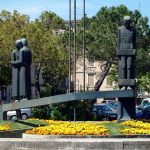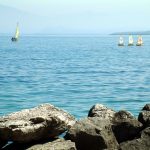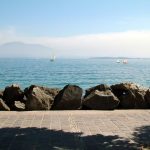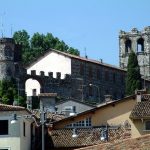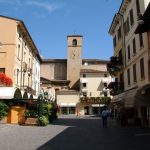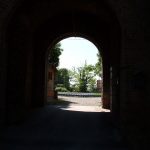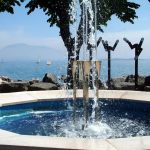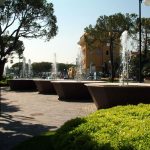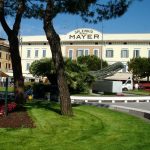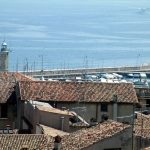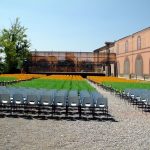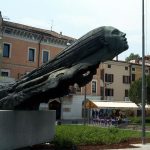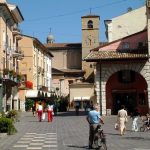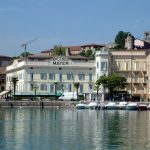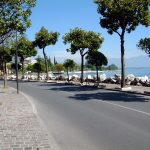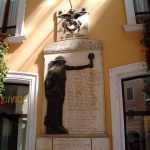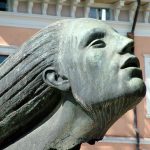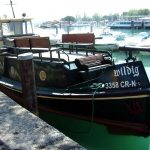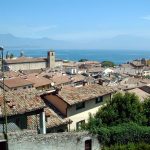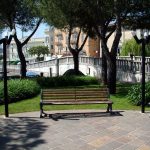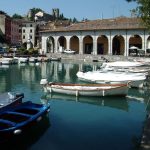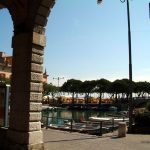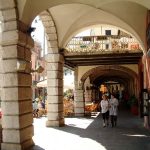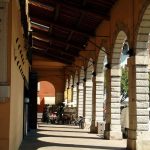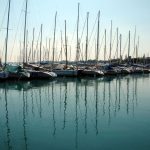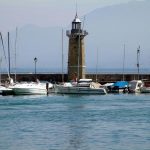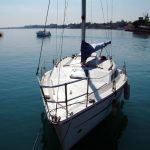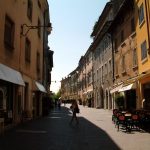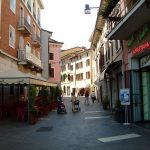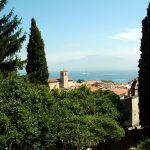Desenzano del Garda
HISTORY OF DESENZANO DEL GARDA
The town Desenzano del Garda is very proud of its antique origin. The little hamlet Polada, was famous for its production of “Terracotta” containers with a special rectangular opening (Bronze Ages). The today’s archaeological museum is dedicated to the famous archaeologist Dr. Giovanni Rombotti. In this museum you can find antique and rare pieces, found by excavations, well known in all Europe. For example you can see an ancient rake, made like a pick, found in Lavagnone, eastward of San Pietro di Desenzano del Garda.
ARTS
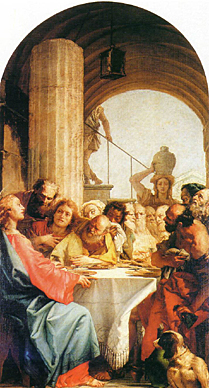 There are to visit the ruins of a Roman palace (4th. century), divided in three sectors: a living sector, a garden and court sector and a termal sector. This villa has an unique pavement about 240 square made by varied coloured mosaics with sceneries of hunt, fishing, vintage, dances, lovers and geometric decorations, especially the animals on the run. In the antiquarium you can see some excavations, like an ancient oil mill and several pieces of sculptures. During the high Middle Ages the court (curtis) of Desenzano del Garda was an important part of the famous “Juridica sermionensis” founded in 1879 by the friars of the Abbey S. Zeno di Verona. In the upper part of the town, named Capolterra during the Middle Ages they built a fortress, on ruins of an ancient Roman castle, and later it was enlarged and strengthened by the Austrians. During the last century this fortress was transformed in military-barracks and the 4 rectangular towers were places of observatory. At the beginning of the road “Via Garibaldi” there is the beautiful church San Giovanni Decollato. Inside it keeps precious arts, for example a group of wooden sculptures of the 15th. century by Valentino Bolesini of Verona. In the church we can also find pieces by the Flame artist Jan de Herdt, a scholar of Rubens (1660), by Andrea Bertanza and Alessandro Campi, a scholar of Celesti. In 1426 the town took part of the Republic of Venezia, “La Serenissima“. Then in 1500, the inhabitants of Desenzano del Garda became rich merchants and traders. The “Piazza” was enlarged, surrounded by public buildings, planned by the famous architect Giulio Todeschini. His most famous building was the administration office. Then,in the 16th. century, there was a great contrast between the inhabitants and the “prelati”, bishops, named by Pope Pio V. A real war followed and at least it was seriously forbidden to practise each kind of religion. The peace treaty allowed practising religion again, they built a dome, consecrated to Santa Maria Magdalena. Its Barocque statue is to see at the entrance of the temple. The Dome of Desenzano del Garda is one of the masterpieces by Todeschini, but the time for building was very long. Inside it keeps a very precious cycle of paintings by Andrea Celesti (1637-1714), consecrated to Santa Maria Magdalena. This cycle describes the holy life sections of Jesus Christ. In the sacristy, behind the high altar, decorated with wonderful statues of saints (17th. century) by Santo Callegari, we can find other precious pieces. Above the windows of the apse there are to admire two wonderful little paintings by Celesti. In the right side-nave there are other 2 wonderful oil-pieces still by Celesti. In the chapel of the 17th. century, named “Santissimo Sacramento” you can admire a wonderful painting by Battista Tiepolo (1738) called “L’Ultima cena” (Holy communion). Turning to the sacristy, we can admire some precious arts: a painting of Sant’Anna Merici, kneeling down at the deceased Alessandro Bonvicino (named Moretto). In the left side nave, you can find a little chapel, built in 1874, consecrated to Sant’Anna Merici, the saint patron of Desenzano del Garda. She was one of the greatest reformist of the catholic church and founded the “Compagnia di Sant’Orsola“. At least there are to announce numerous wonderful paintings by Bertanza, Brusasorzi, Zenone Veronese, Alessandro Campi and Domenico Cignaroli.
There are to visit the ruins of a Roman palace (4th. century), divided in three sectors: a living sector, a garden and court sector and a termal sector. This villa has an unique pavement about 240 square made by varied coloured mosaics with sceneries of hunt, fishing, vintage, dances, lovers and geometric decorations, especially the animals on the run. In the antiquarium you can see some excavations, like an ancient oil mill and several pieces of sculptures. During the high Middle Ages the court (curtis) of Desenzano del Garda was an important part of the famous “Juridica sermionensis” founded in 1879 by the friars of the Abbey S. Zeno di Verona. In the upper part of the town, named Capolterra during the Middle Ages they built a fortress, on ruins of an ancient Roman castle, and later it was enlarged and strengthened by the Austrians. During the last century this fortress was transformed in military-barracks and the 4 rectangular towers were places of observatory. At the beginning of the road “Via Garibaldi” there is the beautiful church San Giovanni Decollato. Inside it keeps precious arts, for example a group of wooden sculptures of the 15th. century by Valentino Bolesini of Verona. In the church we can also find pieces by the Flame artist Jan de Herdt, a scholar of Rubens (1660), by Andrea Bertanza and Alessandro Campi, a scholar of Celesti. In 1426 the town took part of the Republic of Venezia, “La Serenissima“. Then in 1500, the inhabitants of Desenzano del Garda became rich merchants and traders. The “Piazza” was enlarged, surrounded by public buildings, planned by the famous architect Giulio Todeschini. His most famous building was the administration office. Then,in the 16th. century, there was a great contrast between the inhabitants and the “prelati”, bishops, named by Pope Pio V. A real war followed and at least it was seriously forbidden to practise each kind of religion. The peace treaty allowed practising religion again, they built a dome, consecrated to Santa Maria Magdalena. Its Barocque statue is to see at the entrance of the temple. The Dome of Desenzano del Garda is one of the masterpieces by Todeschini, but the time for building was very long. Inside it keeps a very precious cycle of paintings by Andrea Celesti (1637-1714), consecrated to Santa Maria Magdalena. This cycle describes the holy life sections of Jesus Christ. In the sacristy, behind the high altar, decorated with wonderful statues of saints (17th. century) by Santo Callegari, we can find other precious pieces. Above the windows of the apse there are to admire two wonderful little paintings by Celesti. In the right side-nave there are other 2 wonderful oil-pieces still by Celesti. In the chapel of the 17th. century, named “Santissimo Sacramento” you can admire a wonderful painting by Battista Tiepolo (1738) called “L’Ultima cena” (Holy communion). Turning to the sacristy, we can admire some precious arts: a painting of Sant’Anna Merici, kneeling down at the deceased Alessandro Bonvicino (named Moretto). In the left side nave, you can find a little chapel, built in 1874, consecrated to Sant’Anna Merici, the saint patron of Desenzano del Garda. She was one of the greatest reformist of the catholic church and founded the “Compagnia di Sant’Orsola“. At least there are to announce numerous wonderful paintings by Bertanza, Brusasorzi, Zenone Veronese, Alessandro Campi and Domenico Cignaroli.
Taking part of the “Serenissima” (Republic of Venezia) Desenzano del Garda became an important place for trading and merchandising, especially the trade of grain, because its geographic position was convenient and there was a good cooperation with other trade- points, Lazise and Peschiera. Every Sunday, excluded the months January and August, they organize a antiques market, well known for the value and the quality of its merchandise. On the midst of the square “La Piazza” there is a statue of the saint Anna Merici (1782). Nearby an ancient port, constructed during the “Serenissima”. The outside port, however, is the widest and best equipped harbour of Garda. Between 1927 and 1936 in Desenzano del Garda (Desenzano and Rivoltella) was founded a school of full speed, where Francesco Agello, piloting sea planes on 23rd. of October, conquered a world speed record of 709km/hour with his sea plane “Marchetti Castoldi 72”. A monument on Piazza Mateotti was dedicated to the pioneers in 1969. Not far away, on the sea-promenade, we can find a statue of General Achille Papa, a masterpiece by Giancarlo Maroni. The General defended Pasubio during the 1st. World war, therefore you can see nearby a monument of Arnaldo Pomodoro, where that tragedy is symbolized.
 An impressive and interesting way of exploring Lake Garda is going by a great motor-nave of Navigarda. This society offers a rich program of varied cruises on different naves and tours on racing ships with wings. Fairy boats you can find at Torri and Maderno. The official seat of Navigarda is in Desenzano, the shipyard in Peschiera. By the way, the administration of all Italian lakes is in Milano. On the main road, in direction to Sirmione, we pass Rivoltella, with its antique Via Gallica, where Roman legions once camped. Its name derives from the Latin “Ripa altella” = a place where the coast climbs up forming little rips. Here was a big fortress, strengthened by 5 towers and high walls. They told, that one time the Gothic sovereign Claudio II fought against the Germans in 1238. Via Vittorio with its typical popular houses mediates the originality of antique. Its parish church San Biagio merit a short visit, inside it keeps masterpieces by the Scuola veneta (17th. century). The bell tower was built on Medieval ruins of the fortress.
An impressive and interesting way of exploring Lake Garda is going by a great motor-nave of Navigarda. This society offers a rich program of varied cruises on different naves and tours on racing ships with wings. Fairy boats you can find at Torri and Maderno. The official seat of Navigarda is in Desenzano, the shipyard in Peschiera. By the way, the administration of all Italian lakes is in Milano. On the main road, in direction to Sirmione, we pass Rivoltella, with its antique Via Gallica, where Roman legions once camped. Its name derives from the Latin “Ripa altella” = a place where the coast climbs up forming little rips. Here was a big fortress, strengthened by 5 towers and high walls. They told, that one time the Gothic sovereign Claudio II fought against the Germans in 1238. Via Vittorio with its typical popular houses mediates the originality of antique. Its parish church San Biagio merit a short visit, inside it keeps masterpieces by the Scuola veneta (17th. century). The bell tower was built on Medieval ruins of the fortress.
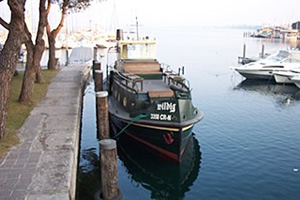 Returning to Desenzano, with its marvellous sea promenade “Lungolago Cesare Battisti” and walking along this wonderful promenade, you can enjoy beautiful panoramas of the lake with its motor boats, racing on the water. Lonato is a typical agricultural village, distance to Desenzano: about 6km. From the ruins of an ancient castle you can ca have fantastic panoramas, southward there are the hills “Colline Moreniche”, northward Lake Garda. Going on for another 4 km, we reach the beautiful abbey “Abbazia di Maguzzano” one of the oldest Benedictin churches (10th. century).
Returning to Desenzano, with its marvellous sea promenade “Lungolago Cesare Battisti” and walking along this wonderful promenade, you can enjoy beautiful panoramas of the lake with its motor boats, racing on the water. Lonato is a typical agricultural village, distance to Desenzano: about 6km. From the ruins of an ancient castle you can ca have fantastic panoramas, southward there are the hills “Colline Moreniche”, northward Lake Garda. Going on for another 4 km, we reach the beautiful abbey “Abbazia di Maguzzano” one of the oldest Benedictin churches (10th. century).
